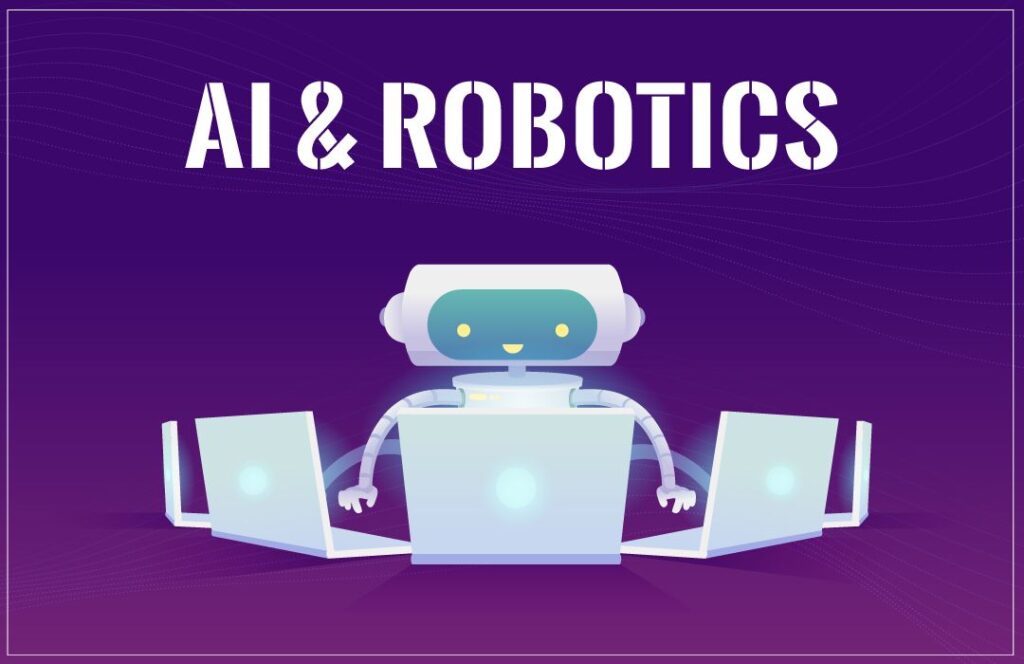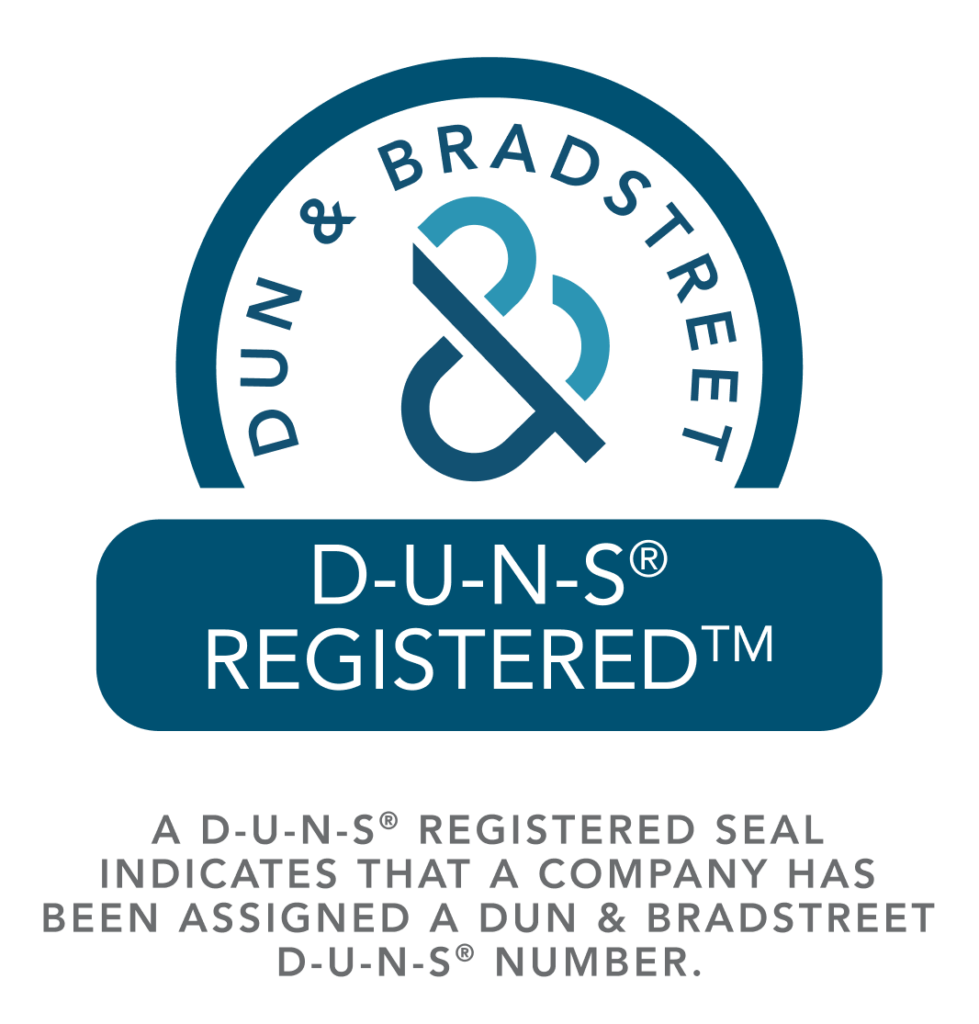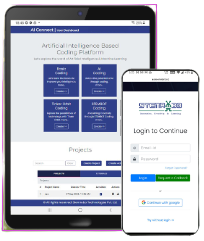The Evolution of Atal Tinkering Labs in India: A Journey of Innovation and Impact
In our modern era, often celebrated as a generation of miracles, we embrace innovation and creativity as powerful tools to inspire young learners. By nurturing their curiosity and encouraging initiative, we help shape the hearts and minds that will drive a progressive and forward-thinking society. While recognizing this, our Indian Government launched Atal Tinkering Labs (ATLs) in 2016 under the Atal Innovation Mission (AIM) to nurture young minds and foster a culture of scientific curiosity where they learn to develop new technologies & gadgets for humankind. Over the years, this initiative has significantly transformed students’ perspectives toward learning. It has encouraged a more engaging and practical approach—especially in the fields of Science, Technology, Engineering, and Mathematics (STEM)—which plays a vital role in their academic development and future career growth.Of course, when we talk about 2025 growth, the concept of Atal Tinkering Labs expands tremendously, reaching thousands of schools in the country.As we reach this pivotal point of exploration, let us delve into the remarkable growth of these labs from 2016 to 2025, the profound impact they have had on our students, and the promising future that lies ahead for this revolutionary, game-changing program. Growth and Expansion of ATLs Over the Years The vision of introducing Atal Tinkering Labs started to implement hands-on, experiential learning to school students. The first goal was to provide the requirement of kits & tools for students such as 3D printing, robotics, artificial intelligence, and IoT (Internet of Things). It helps them enable experimental learning, innovate new gadgets, and solve real-world problems. In 2016 the Indian Government took the initiative where only a handful of schools were part of the program. However, the numbers grew rapidly such as if we study about year 2020, around 5,000 schools had ATLs, covering both urban and rural areas. After the good response from past results, it continues in 2023, and the rate of schools associated with this program is approximately 10,000, making this a big foot play that has been taken as the successful rate. This year, that is, 2025, the government plans target of establishing 50,000 more Labs over the next upcoming years and further plans to expand the reach of the initiative. A significant aspect of this expansion is the inclusion of the program. More than 60% of Atal tinkering labs are in government and rural schools, ensuring that even students from rural areas or as we say underprivileged backgrounds also get access to advanced technology and all the learning resources that help them to grow towards a bright future. Impact on Students and Education The revolution of ATLs has led to a shift in advanced technology and education. With a balanced focus on theory-based learning, students are encouraged by the mentors in the school to experiment, tinker, and innovate. The results of this shift have been fruitful in its way : 1. Student Participation Increased Approximately 1.1 crore students were actively participating in ATL activities. From competing in various competitions at the government level, etc, students now compete at multiple platforms to showcase their innovative projects and ideas to the world. This hands-on learning approach has significantly improved problem-solving skills, and expanded the exposure to critical thinking abilities among young learners. 2. Bridging the Urban-Rural Divide One of the most interesting and remarkable aspects of ATLs is their ability to bridge the gap between urban and rural education where they are trying to break the barrier of education difference and providing the same essential knowledge at both the end. Before this, students in rural schools had limited exposure to advanced technology. However, with the introduction of ATLs, even children in remote villages can now code, build prototypes, and innovate new projects just like their urban counterparts where our young learners doing a fantastic job with the help of their mentors in the school. 3. Future Skill Development In an era rapidly advancing toward automation and digital transformation, it can be challenging for students to acquire future-ready skills within the traditional school framework. Atal Tinkering Labs (ATLs) bridge this gap by offering hands-on training in cutting-edge fields such as robotics, artificial intelligence, 3D printing, and the Internet of Things (IoT), ensuring that Indian students remain globally competitive and future-ready 4. Encouraging Entrepreneurship When we talk about the concept of learning technical skills, it is necessary to understand the initial entrepreneurial mindset in students. Atal Tinkering Labs supports the idea that innovative projects may lead to patents and start-up ideas, proving that innovation at the school level also drives us toward real-world solutions. However, with the introduction of ATLs, even children in remote villages can now code, build prototypes, and innovate new projects just like their urban counterparts where our young learners doing a fantastic job with the help of their mentors in the school.Positive Outcomes of the ATL Initiative Following the early integration of advanced technology through Atal Tinkering Labs (ATLs), the benefits of this initiative have extended far beyond the classroom. One of the most significant outcomes has been the growing student interest in pursuing STEM careers, with early exposure to high-end technologies making such paths more accessible. With the support of STEM educators and dedicated mentorship, ATLs are inspiring students to explore future-focused fields such as engineering, data science, artificial intelligence, and robotics. This initiative not only contributes to individual growth but also strengthens India’s overall technological advancement and research capabilities. By aligning with national visions such as Make in India and Aatmanirbhar Bharat (Self-Reliant India), ATLs are actively fostering homegrown innovation. These government-backed platforms, in collaboration with STEM education companies, encourage students to design and build their own prototypes—reducing dependence on imported technologies and promoting indigenous solutions. The social impact of ATLs is clearly visible in various student-led projects aimed at solving real-world problems. From designing affordable medical devices to developing sustainable energy solutions, students are being equipped with the skills and mindset needed to address everyday challenges and contribute meaningfully to society. The Road Ahead: ATL’s Future in India As India steadily
The Evolution of Atal Tinkering Labs in India: A Journey of Innovation and Impact Read More »








